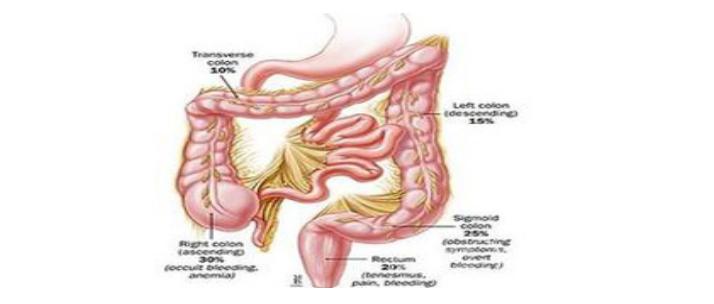消化在线: 缓释美沙拉秦颗粒剂治疗溃疡性结肠炎
来源:

Ref: Love BL, Miller AD. Ann Pharmacother. 2012 Nov;46(11):1529-36. doi: 10.1345/aph.1R171. Epub 2012 Oct 31.
资料选择和数据析取:评估包涵了通过检索发现的所有关于人体使用缓释美沙拉秦颗粒剂的英文文献。 目的:为评估缓释美沙拉秦颗粒在溃疡性结肠炎维持缓解中的效果和安全性。
数据来源:使用“美沙拉秦颗粒”、“溃疡性结肠炎”、“Apriso”和“Salofalk”等词条,通过检索《MEDLINE》(1990年-2012年6月)来获取文献。
数据合成:轻中度溃疡性结肠炎的诱导和维持缓解倾向于首选5-氨基水杨酸类制剂(巴柳氮、美沙拉秦、奥沙拉秦和柳氮磺胺吡啶)。美沙拉秦颗粒在美国是胶囊包装,在欧洲为非胶囊剂型。缺乏评估胶囊型美沙拉秦颗粒诱导缓解的数据,但是欧洲的美沙拉秦颗粒诱导缓解已经评估。与服用安慰剂的患者相比,服用美沙拉秦颗粒的患者更容易获得临床和内镜学缓解。两项关键、随机、双盲、安慰剂对照、多中心研究评估了胶囊型美沙拉秦颗粒对562名成人的溃疡性结肠炎的维持缓解治疗。两项试验中,服用胶囊型美沙拉秦颗粒的患者在6个月中保持无复发的比例比服用安慰剂的患者要高。美沙拉秦颗粒的耐受性好,最常见的副作用有头痛、恶心、上呼吸道感染。
结论:当前证据支持使用缓释美沙拉秦颗粒剂维持缓解轻中度溃疡性结肠炎。需要进一步研究以测试出胶囊型美沙拉秦颗粒剂诱导缓解溃疡性结肠炎的理想剂量和用法。
Extended-release mesalamine granules for ulcerative colitis.
OBJECTIVE: To evaluate the efficacy and safety of extended-release mesalamine granules in the maintenance of remission in ulcerative colitis (UC).
DATA SOURCES: Literature was obtained through searches of MEDLINE (1990-June 2012) using the terms mesalamine granules, ulcerative colitis, Apriso, and Salofalk. Bibliographies from retrieved articles were searched for additional citations.
STUDY SELECTION AND DATA EXTRACTION: All English-language articles reporting on use of extended-release mesalamine granules in humans identified through the search were evaluated and included.
DATA SYNTHESIS: The preferred initial treatment for induction and maintenance of remission in mild to moderate UC is agents from the 5-aminosalicylate class (balsalazide, mesalamine, olsalazine, sulfasalazine). Mesalamine granules are available as an encapsulated product in the US and as a nonencapsulated formulation in Europe. Data evaluating encapsulated mesalamine granules for induction of remission are lacking; however, the European mesalamine granule formulation has been evaluated for induction of remission. Patients receiving mesalamine granules for induction achieved clinical and endoscopic remission more frequently than those receiving placebo. Two pivotal, randomized, double-blind, placebo-controlled, multicenter studies have evaluated encapsulated mesalamine granules for maintenance in 562 adults in remission from UC. In both studies, the proportion of patients who remained relapse-free at 6 months was higher for those receiving encapsulated mesalamine granules than placebo. Mesalamine granules are well tolerated, with headache, nausea, and upper respiratory infections being the most frequently reported adverse effects. CONCLUSIONS: Current evidence supports the use of extended-release mesalamine granules for maintenance of remission in mild to moderate UC. Further studies are necessary to examine the ideal dose and regimen of encapsulated mesalamine granules for induction of remission in UC.